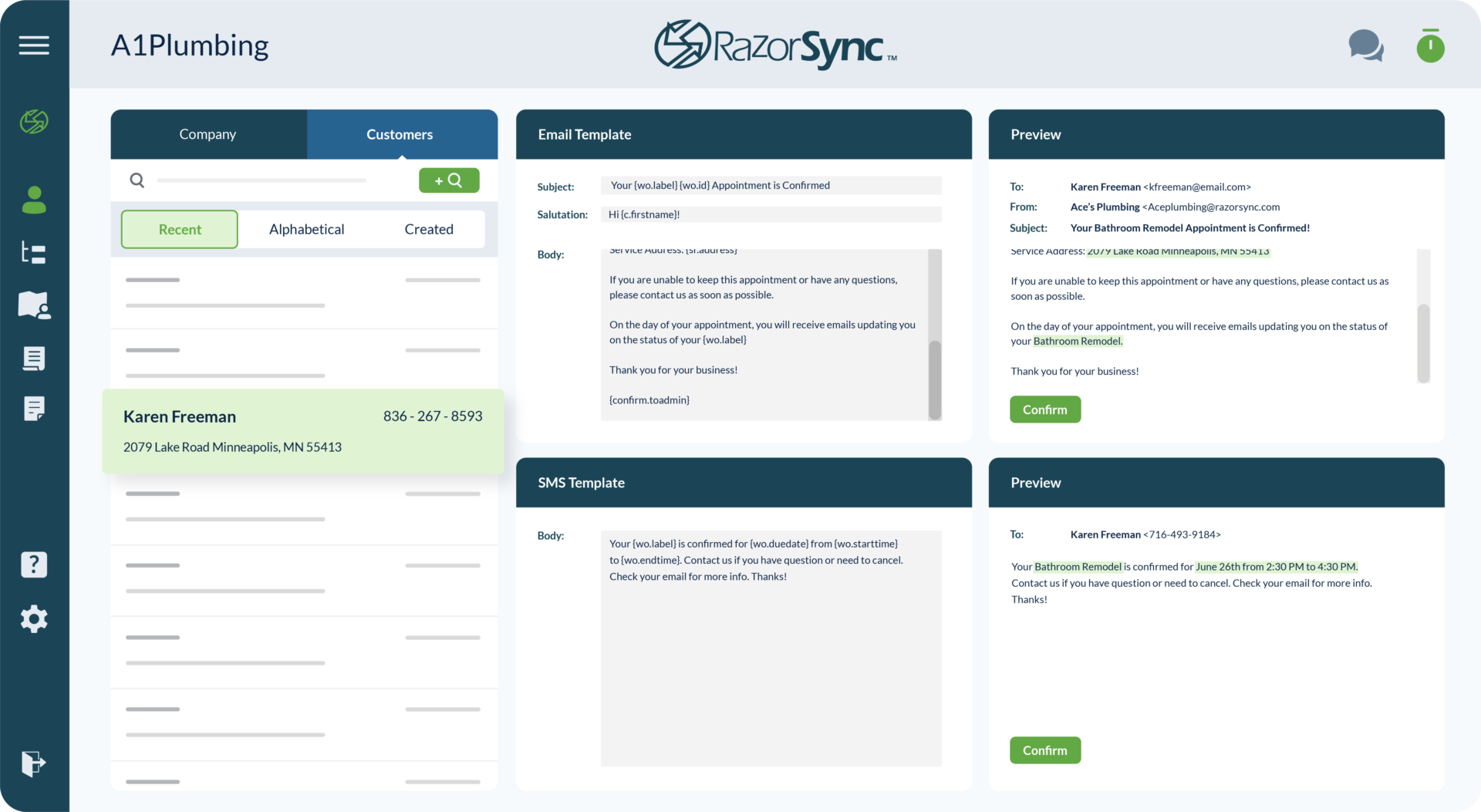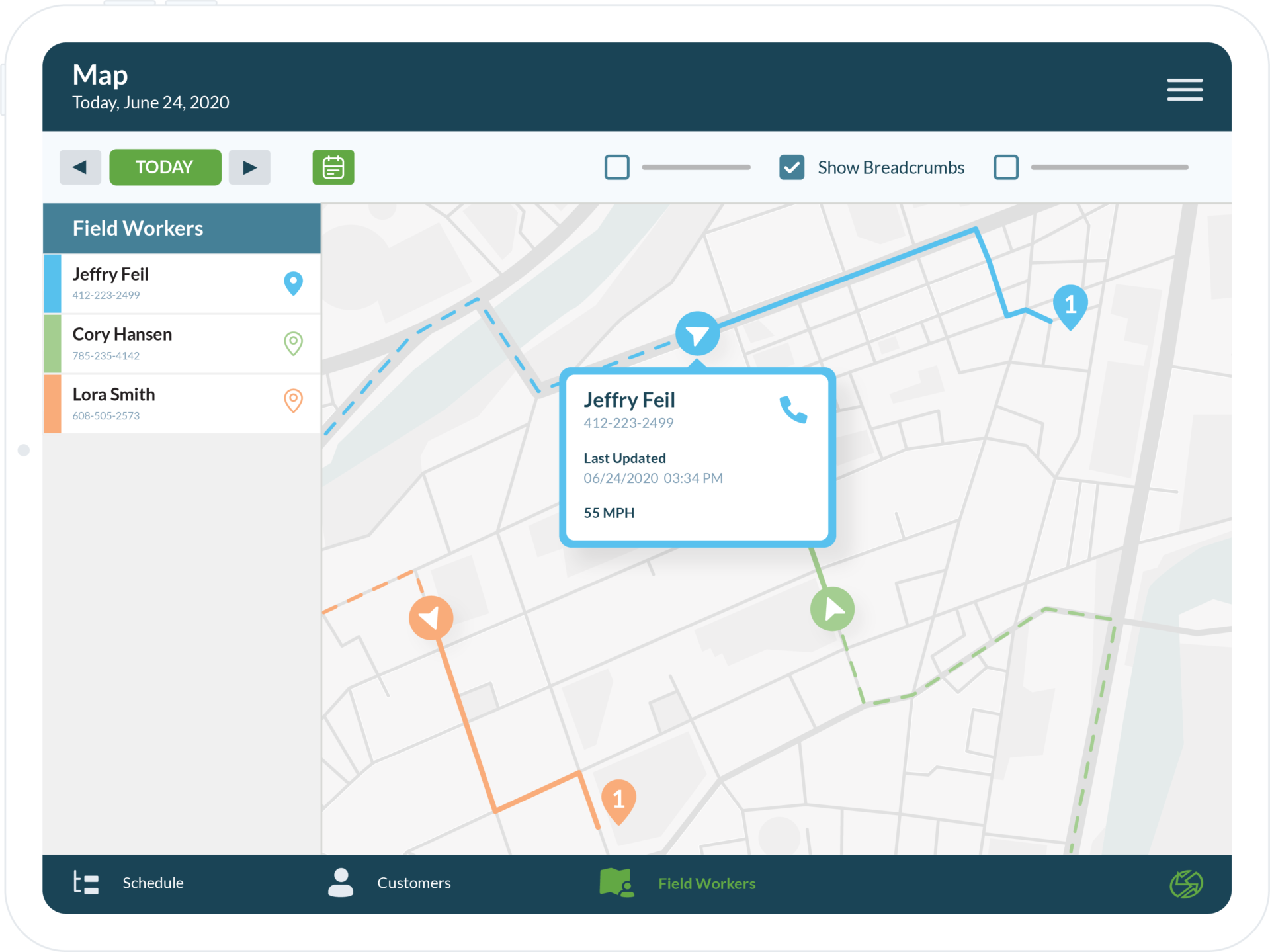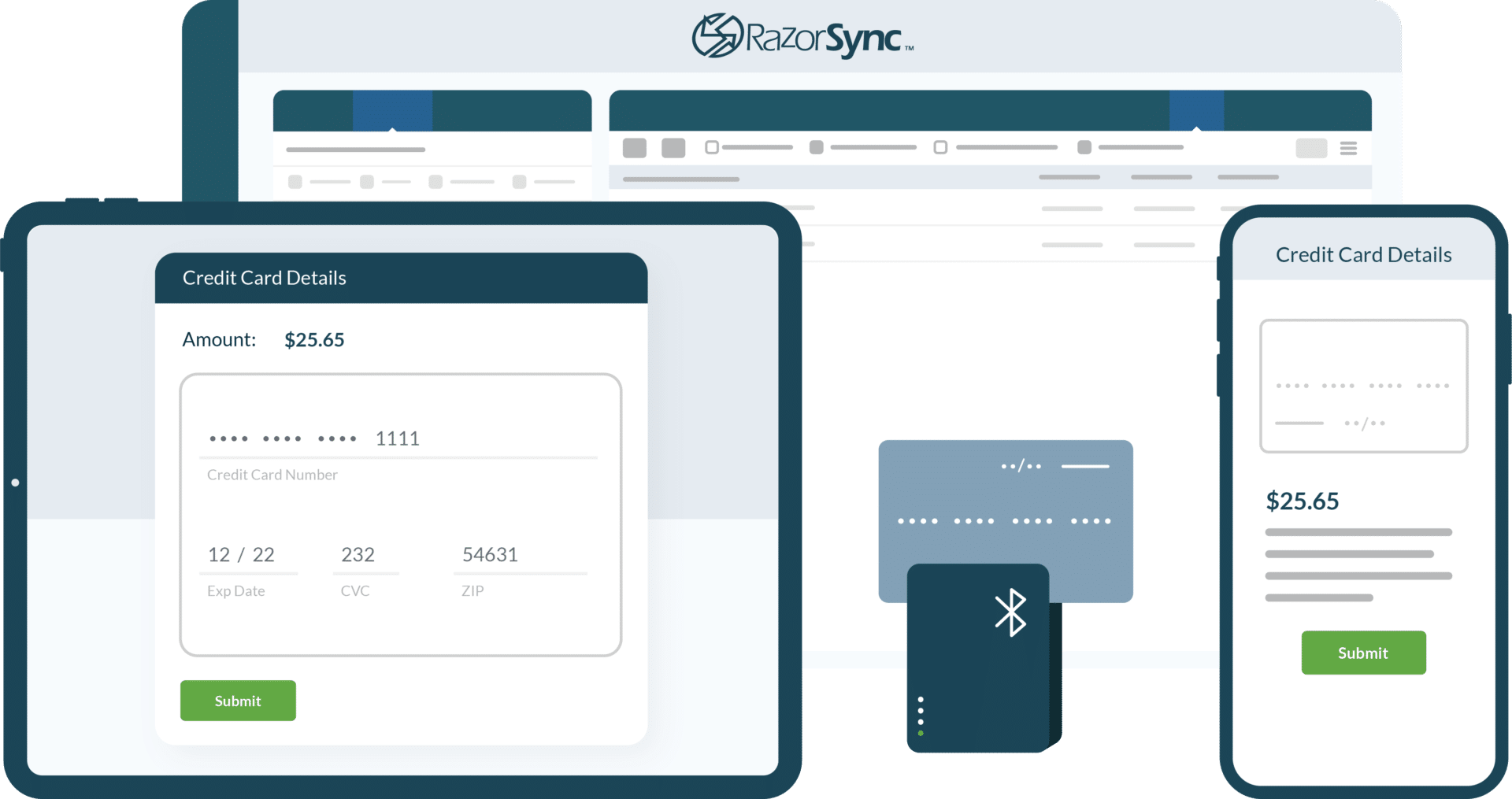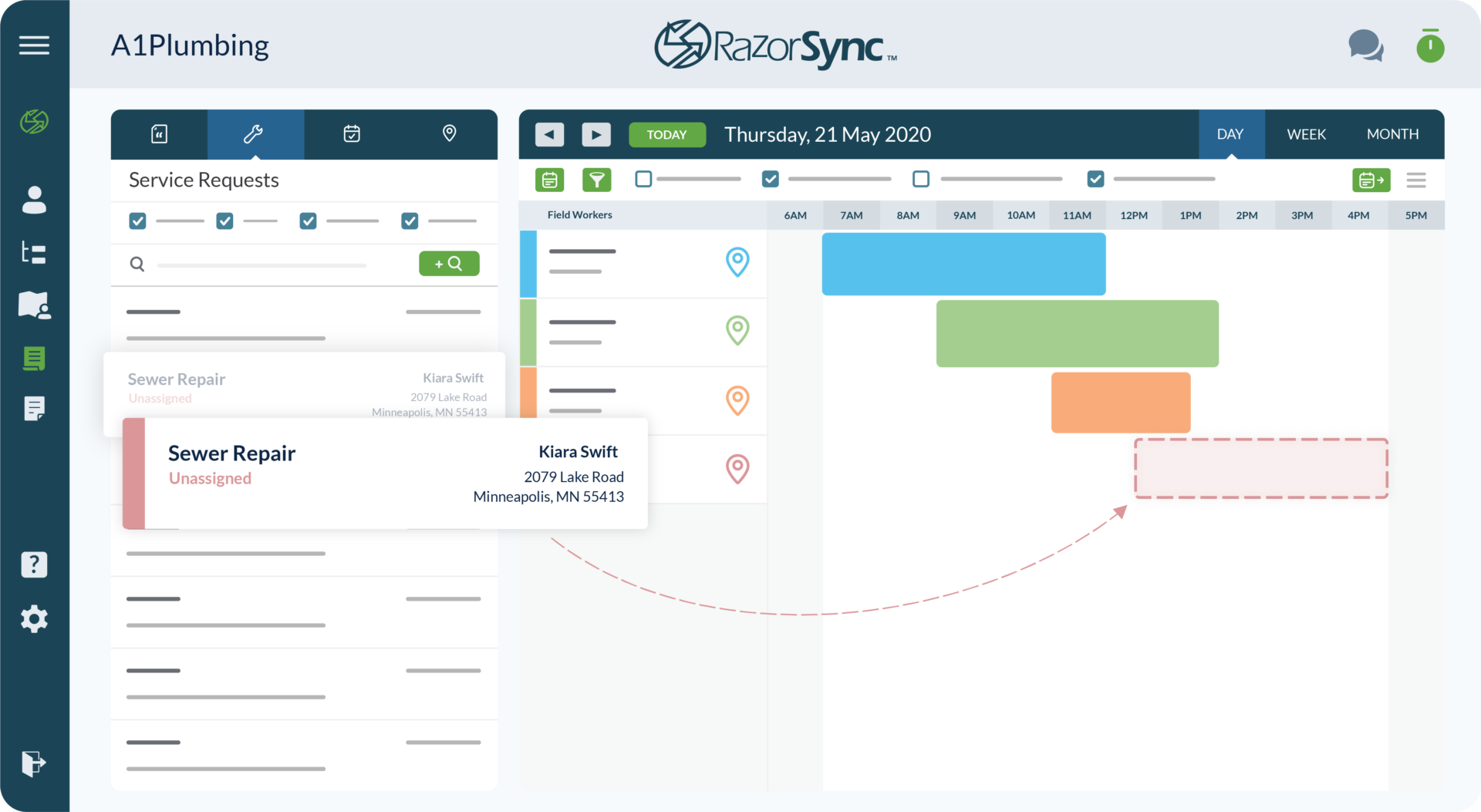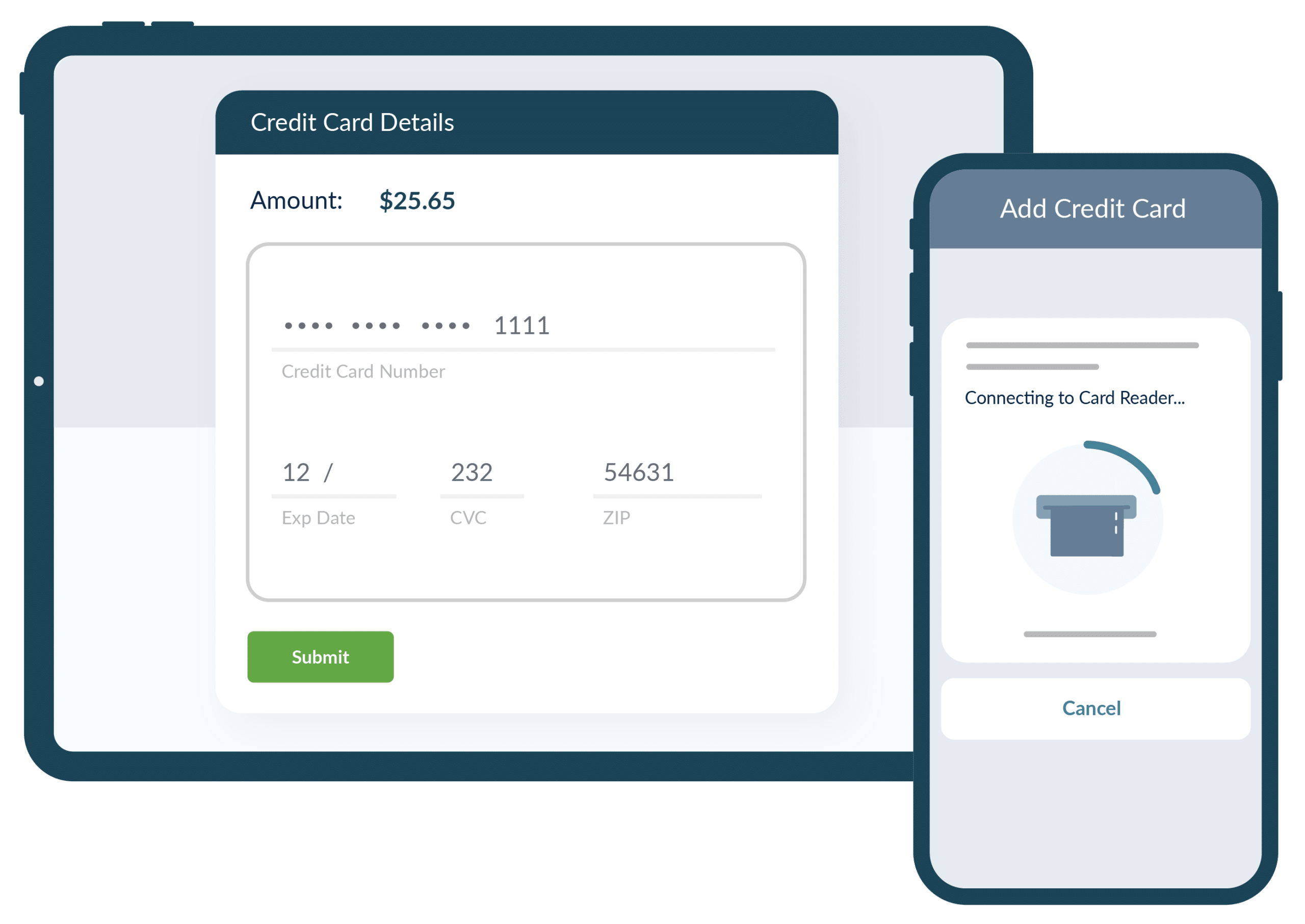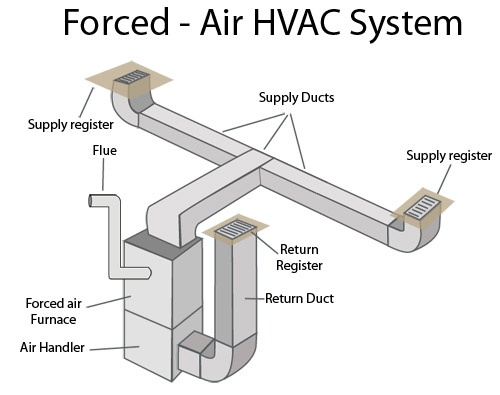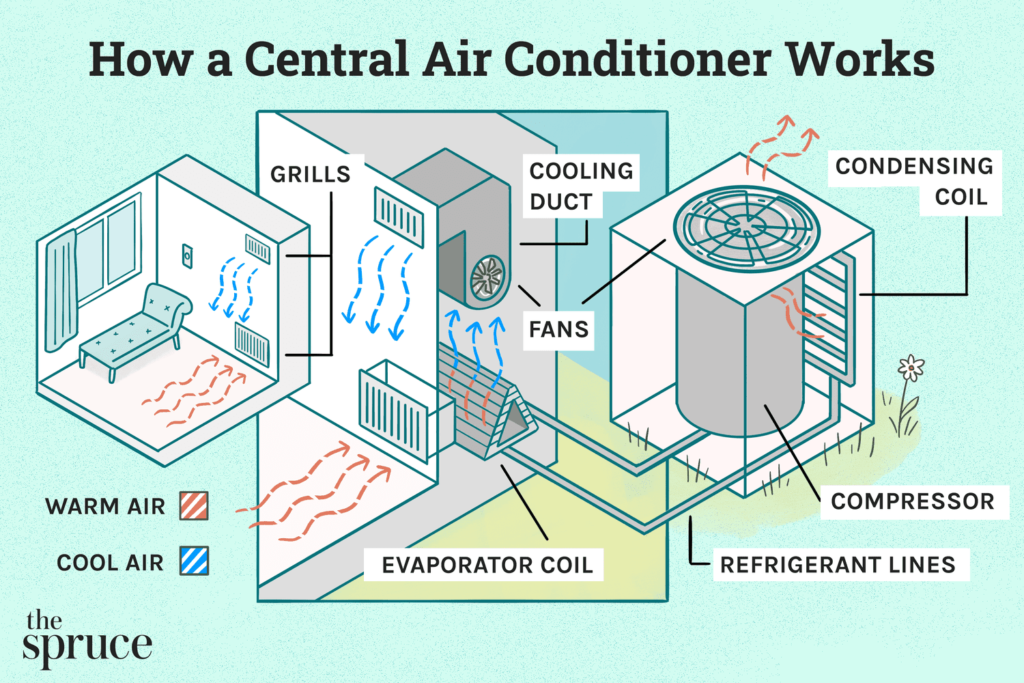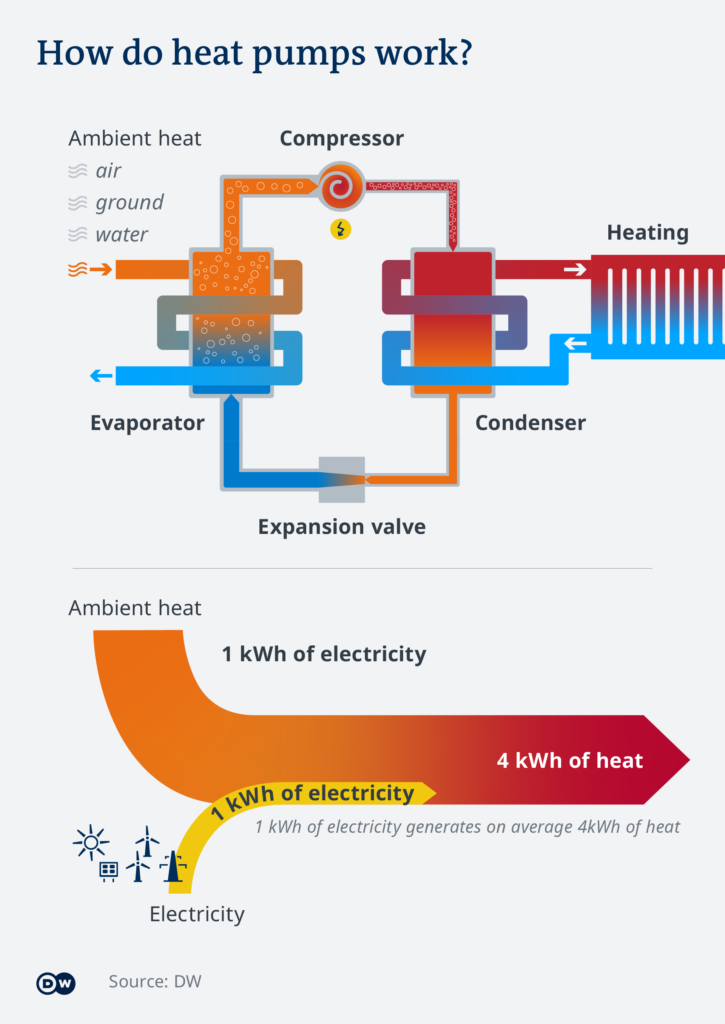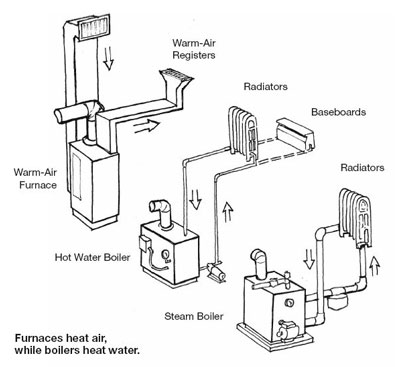How To Navigate Various HVAC System Types
In 2019, the global market for HVAC worldwide was 240.8 billion dollars. Growth is expected to continue through 2030, reaching 367.5 billion dollars. With consistent heating...
Nov 09, 2022
# of Minutes to Read
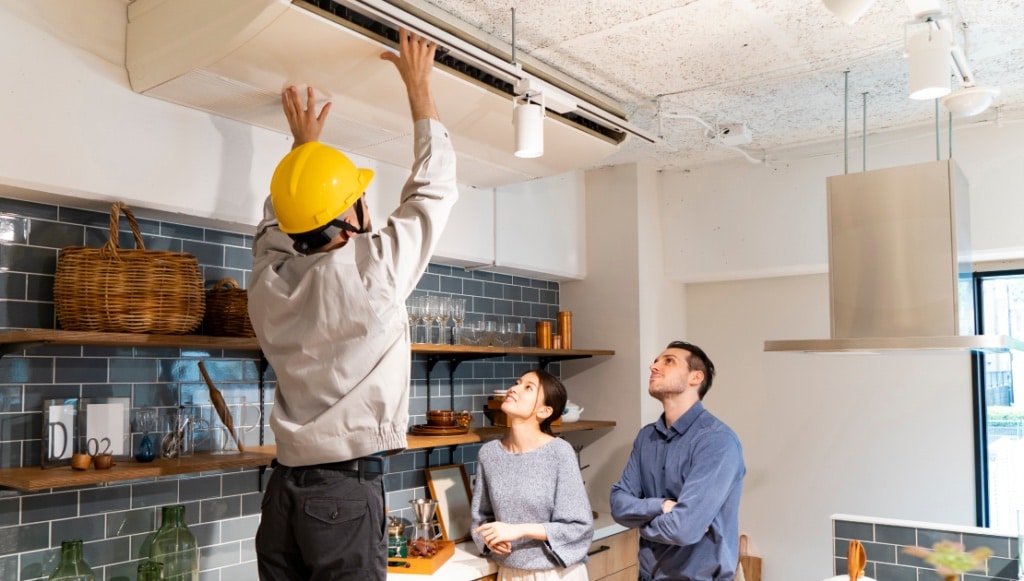
In 2019, the global market for HVAC worldwide was 240.8 billion dollars. Growth is expected to continue through 2030, reaching 367.5 billion dollars. With consistent heating and cooling innovation, it’s important to help your clients navigate the decision-making process while exploring new HVAC system types.
We went and compiled a list of various HVAC system types to help your team inform your clients out in the field:

Forced Air
A forced-air system is a method of heating and cooling that projects air through insulated steel pipes. It’s made up of a heat exchanger, a blower, ducts that absorb cool air and expel warm air, an air plenum, and a fan limit switch. Forced-air system encompasses the entire heating and cooling system, an idea that is notable for clients struggling to differentiate between different HVAC system types.
The central unit controls the temperature of the air and communicates with a thermostat to regulate temperatures. Next, the air is pushed through the ducts to heat or cool the home. It is then able to rapidly alter the temperature of a home by pushing the air through the vents into each room. This device is effective at regulating home temperatures effectively and quickly.
Central Air System
A central air system, unlike forced-air systems, is a separate system of air ducts that are not connected to a furnace. It is made up of three parts, a condenser, an evaporator, and a compressor. All of which are located in an outdoor structure. Central air systems have many benefits. For example, they purify the air by filtering it before it is expelled into a room. Any remnants of dust, pet hair and other unwanted substances are trapped in the filter.
In addition to offering cleanliness, central air systems are more cost-friendly and require less maintenance than forced-air systems. Moreover, considering the low average installation cost is around $5,000- $10,000 and the immense value it adds to a home when determining a selling price, installing central air is a financially savvy move. This is a notable recommendation for clients who plan to eventually move or are simply looking for the best value.
Heat Pumps
Heat pumps are one of the HVAC system types powered by electricity and are known for their functionality. They convert outside air into warm and cool temperatures that are pushed into a home. With the ability to transfer up to 300% more energy than it consumes, heat pumps are a great option for clients who prioritize eco-friendly, energy-efficient products. However, heat pumps are a more expensive heating and cooling system, ranging anywhere from $4,500-$8,000 with an average lifespan of 15 years.
Furnaces
Furnace systems consist of one unit where all air is heated and disseminated once it reaches an optimal temperature. They’re said to be 95% more efficient, making them one of the more reliable HVAC system types. Various types of furnaces are more affordable and durable heating options compared to heat pumps. On average, the cost of a furnace, in combination with the installation fee, totals roughly $2,000-$3,500, with an average lifespan of 20-30 years. When clients are seeking a long-lasting, cost-efficient appliance, recommending a furnace is the right choice.
RazorSync’s field service software will help you manage your team and enable you to provide unmatched HVAC guidance quickly. Contact RazorSync for details, or try it free for 14 days.
